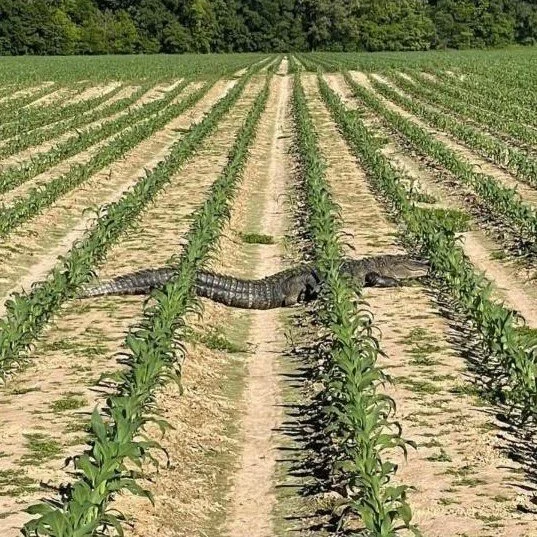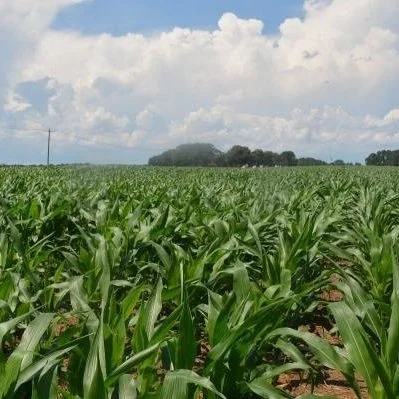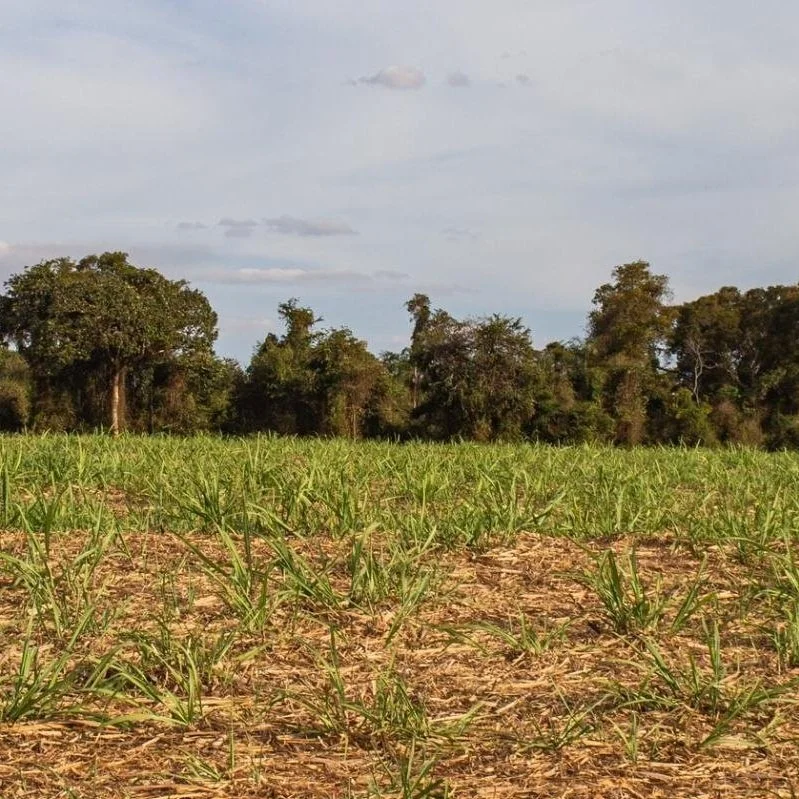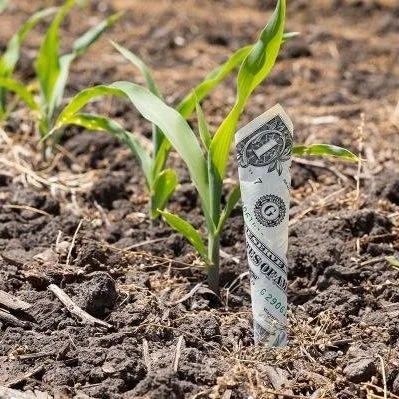Nitrogen (N) is one of the most essential nutrients required for crop growth, development and reproduction. It is the building block of proteins, amino acids, chlorophyll and DNA. Plants require more nitrogen than any other mineral nutrient. Generally, the aboveground portion of the plant contains 3% to 4% nitrogen. Therefore, fertilizing with nitrogen sources is often required for maximizing crop yield and profit.
Read MoreThe Louisiana Corn Festival is underway in Bunkie.
The Louisiana Corn Fest started in 1986 and is still the only corn festival in the state of Louisiana. The festival honors the impact that agriculture has on our economy, and a corn farmer is honored each year at the festival.
Read MoreFreezing temperatures didn't reduce insect pressure in Mississippi and Louisiana row crops. Soybean farmers can expect waves of redbanded stinkbugs.
Read MoreUSDA’s March 31-Prospective Plantings report showed U.S. farmers intend to increase corn acres from 88.6 million in 2022 to 92.0 million in 2023. Of the 3.4-million-acre national increase, 865,000 acres or about 25%, are in the South: Alabama, Arkansas, Georgia, Florida, Kentucky, Louisiana, Mississippi, North Carolina, Oklahoma, South Carolina, Tennessee, Texas, and Virginia. Of these 13 states, 10 show increases of 10% or more.
Read MoreThere are so, so many hardships with farming anywhere at anytime, but one Louisiana farmer really got more than he bargained for a few days back.
Patrick Morris was tending to his new corn crop in Richland Parish when he ran across a huge problem no amount of herbicide or pesticide or seed treatment or cover crop could even begin to touch.
Read MoreAssisted by more favourable weather conditions US farmers are advancing their spring efforts with the US Department of Agriculture (USDA) weekly crop progress report stating that 26% of the estimated corn crop has now been planted, with soybeans at 19% sowed.
Read MoreLouisiana's spring season has been marked by unseasonably cold weather, which has slowed the growth and emergence of corn already in the ground. This has led to an upsurge in soil-borne insect problems that are becoming more apparent as producers and agricultural consultants survey their fields. This week, I looked at a cornfield in Natchitoches with Steve Schultz, that was severely affected by wireworms, a persistent and damaging pest that can wreak havoc on several crops.
Read MoreFarmers in six states would be hurt hardest if Mexico follows through with its proposed ban on genetically modified corn.
Ohio State University professor Ian Sheldon says Illinois, Iowa, Missouri, Nebraska, Kansas, and Louisiana are the top exporters to Mexico.
Read MoreIf the United States takes its complaint against Mexico’s ban on imports of GMO white corn to a USMCA panel, it could take 155 days — until late December or even January — for a final resolution, although a U.S. victory is likely, said three Ohio State University analysts. Mexico would then have the option of keeping the ban in place and accepting U.S. sanctions because of it, they wrote at the farmdoc daily blog.
Read MoreMost of the corn acreage in Louisiana was injured by freezing temperature from March 19-20. At that time, most corn is at VE (emergence) to V2 stage (two leaves with visible collar) and therefore the growing point was below the soil surface. Corn’s growing point remains below the soil surface until V6 growth stage for most hybrids.
Read MoreThe spring like weather of February extended into March, and farmers across Louisiana got busy planting their corn crop. In fact, corn planting is entering the final stages, and LSU AgCenter reporter Craig Gautreaux has this report from central Louisiana.
Read MoreFor those who have slept since then, back in September USDA was estimating Argentina’s 22-23 corn crop at a record 55.0 million metric tonnes, up 2 MMT from the prior year. Soybean production was pegged at 7 MMT greater, at 51.0 million.
Now all that has changed.
Read MoreYou are about to plant the most expensive crop of your career. But just how much more expensive?
Read MoreCorn planting is wrapping up earlier than normal in Concordia Parish thanks to recent dry weather, according to Kylie Miller, LSU Extension agent.
“Weather has been really good for planting,” Miller said. “Everybody has been able to get back in the fields and start planting.”
Read MoreBad news follows bad news. Unfortunately, this is what the weather has been doing to Argentina’s agriculture during the 2022/2023 crop year.
After being affected by La Niña for the third year in a row, key producing regions in the country are facing one of the worst droughts of the last four decades. Corn and soybean production is likely to be highly impacted by above-average temperatures and much below-average precipitation in 2023.
Read More














